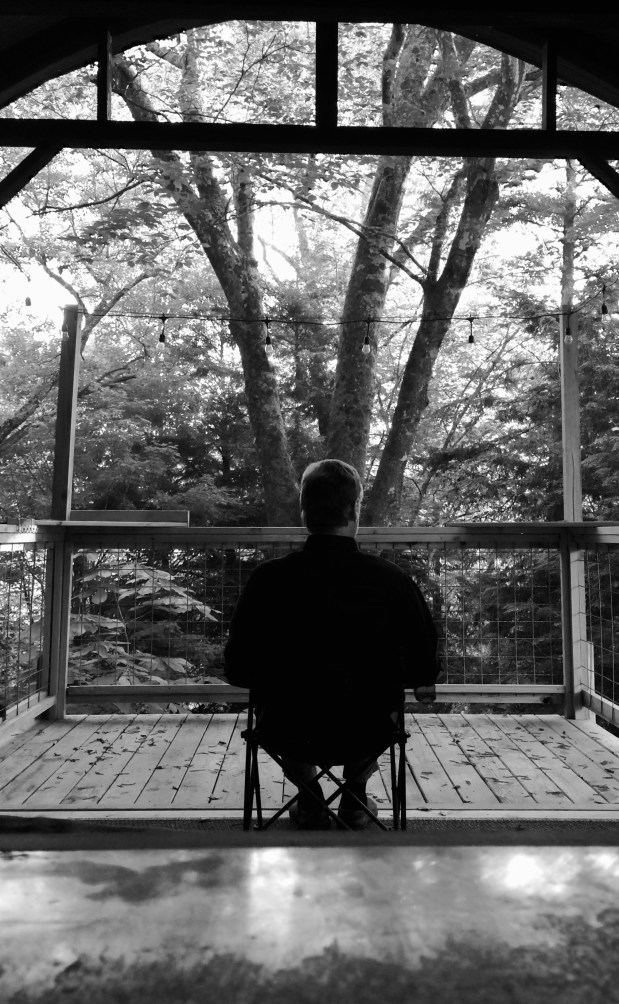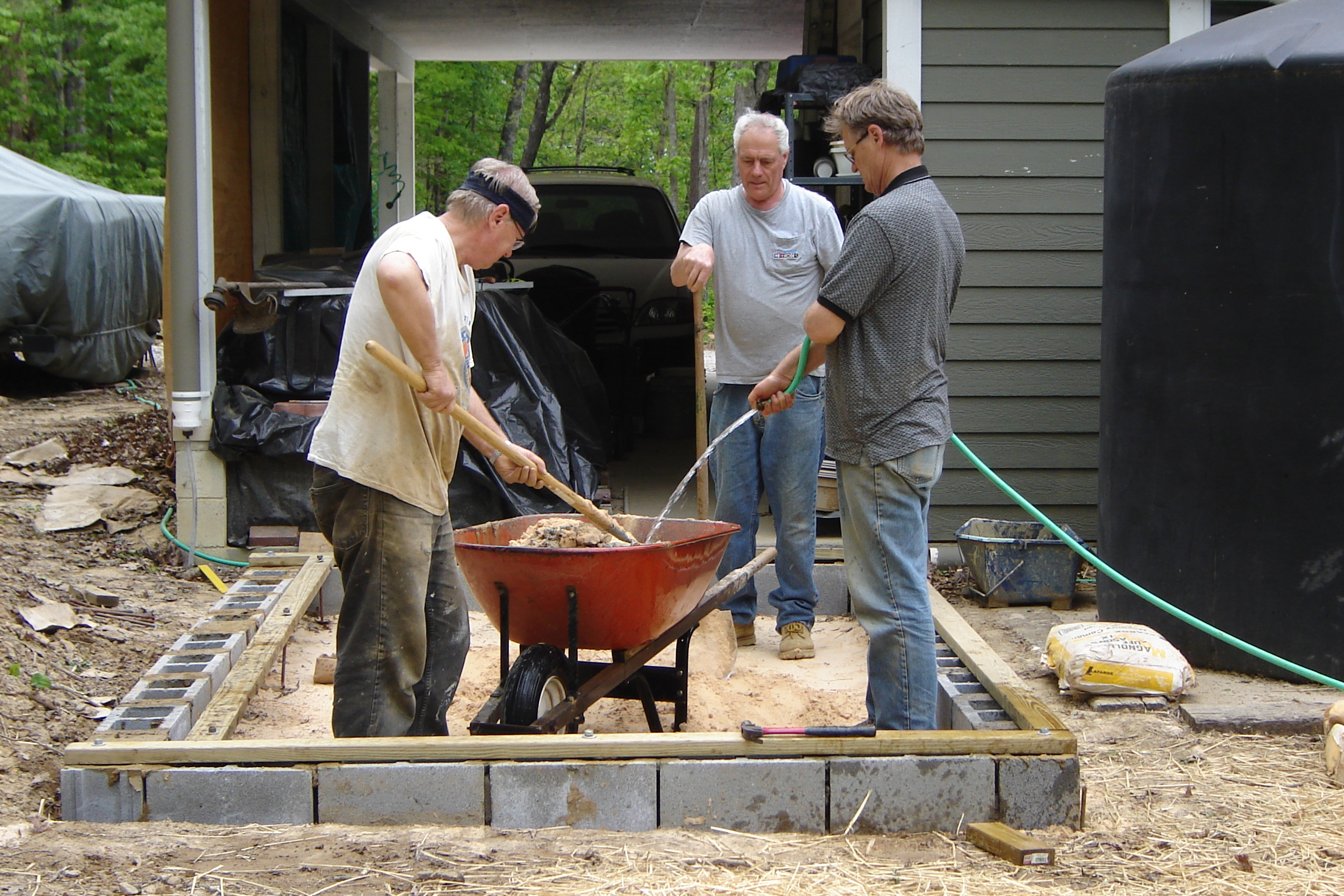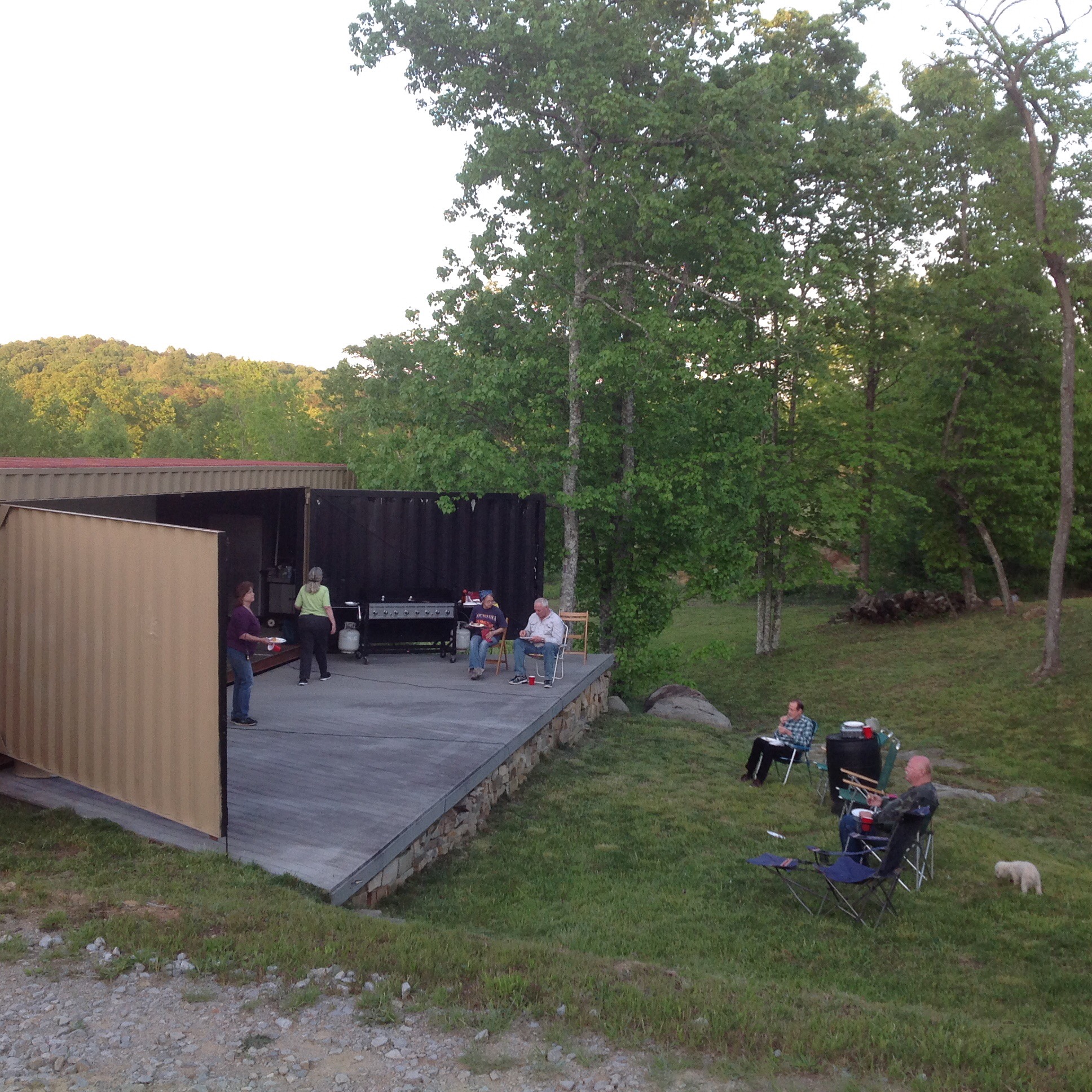In places of Christian worship, the phrase, “Christ is the reason for the season” is an oft heard cliche. Let us consider the reason this is true. It is simply that God’s Gift that is Christ, is Love, expressed through giving. Giving is the central theme of Christmas.
I am drawn to the New Testament as it chronicles HOW he lived and loved during His mortal life. To model my life on His, I must look for understanding in what He thought, taught and did in the challenging circumstances of His mortal life on earth.
For the Christian world, Christmas is a celebration of Christ’s birth. The single most important symbol that is embodied in our Christmas traditions is the practice of gift giving. Christ is literally a gift from God to all of His children. “For God so loved the world that He GAVE His only begotten son.” Gifts and giving are Central to an expression of Love. Giving is the primary focus, whether celebrated as a secular or spiritual holiday. But, If one desires to celebrate Christmas as a Christian, it follows that we must seek to understand what Christ taught about giving. and even more importantly, how Christ gave, as an expression of pure love. And we must do likewise. For, giving is the essence of love.
The basic questions come to mind: How, What, Who, When and Why? As I search the New Testament for answers, I find the how is revealed in the What, to Whom and When. But the heart of the matter is found in the Why. Let us begin with:
What did he give?
Of Material, Physical gifts, there are very few examples, but each is instructive:
To those who have material wealth – He gave only when compelled or to return that which was already theirs. He said, “Give unto Caesar that which is Caesar’s“. And when compelled to pay taxes, he miraculously extracted a Coin from a fish’s mouth.
But, When compelled, he counseled to go the extra mile . Give your cloak, carry the burden, give service willingly, thereby taking control of the transaction and transforming it into something that IS a gift, not a theft. It becomes a spiritual gift of forgiveness in the transformation.
Judas kept the purse, one might assume partly for the purpose of giving to the poor, although there are no actual examples or evidence of giving money to the poor other than Judas’ complaint over expensive ointments offered to anoint Christ’s body for burial, that MIGHT have been sold and given to the poor. Christ responded unempathetically and correctly, that the poor will always be with you. He used the occasion to emphasize the core message of his life: the important gifts are not material. The irony of Judas, the betrayer, advocating for the poor can only be lost on those most deeply mired in worldly materialism.
Another parable, the Widow’s mite, demonstrated Christ’s position on giving to the Church. The principle He taught is that the value of a gift is not in the amount, but in the content of the heart, the sacrifice of self. It is purely spiritual, not fiscal. This principle seems to be lost on many in the church today who throw away principle in the pursuit of wealth in order to be able to donate large sums in the “building of the Kingdom”. Christ’s message could not have been more clear, yet more routinely ignored. His kingdom is not of this world.
If not material, What DID Christ give? Clearly, the focus of Christ’s gifts was always spiritual in nature. They were all gifts of the spiritual self, pure manifestations of love. My reading of the New Testament convinces me that He gave essentially three gifts, perhaps ironically and inversely symbolized by the number three. There were three gifts of great material value received from three wise men. Christ’s gifts were these three:
* Forgiveness
* Healing
* Encouragement, or lifting of the Spirit
This brings us to the next question, To whom did he give?
At first glance, one might conclude that Christ was so generous, so loving, that he gave indiscriminately to all. And, from a certain perspective, one would be correct. But, this ignores another of His teachings. He said, “what profits it a man if he receive not the gift?” So, if you consider how He ignored and dismissed the Pharisees, Sadducees and all who were incapable of appreciating His spiritual gifts, you must conclude that, in the end, Christ gave only to the worthy.
What qualified a man for His gifts? What made him worthy? There are probably more ways, but I have narrowed to two main qualifications – Faith and humble Seeking.
He promised to give to seekers – those who valued His gifts. He said, “Seek and ye shall find, knock and it shall be opened unto you.”
He gave to those who already had. Consider the parable of the talents, where more was given to the man who multiplied the investment, but Christ’s Kingdom is not of this world. So while this parable speaks of money, its currency is faith, not coin. By virtue of FAITH, men are enabled, ready and willing to receive and multiply His gifts of the spirit. To those who received and multiplied His gifts, he counseled, “Cast not your pearls before swine.” He wasted no effort giving to those who were incapable or unwilling to receive His gifts. He did not suffer fools.
A case can be made that Christ gave to his closest friends, the ones He loved most.
* Lazarus, he raised from the dead, but he did it as a trial and demonstration of faith to those he loved most.
* He changed Water to wine at a wedding feast as a favor, but here too, there was an embedded message as he signaled the beginning of his formal ministry.
So, did He give to anyone or everyone indiscriminately? Of course! That was the nature of His mission, to save ALL mankind. But consider how he did that. He did it by how he lived and died, not by building up wealth “where moth and rust corrupt and thieves break through and steal ” His gifts were gifts of Himself that lift us all. In His perfection, as far as I can tell, He never gave a substitute for a real gift, as we do when we give material trinkets, hoping to represent the real thing.
Next, let us consider When, or under what circumstances, He gave.
There are examples when he gave to satisfy an urgent or immediate physical need:
* He Calmed the sea – but only after a test of faith
* He Fed the 5,000 – but only as expedient to temporarily satisfy a physical need while he addressed spiritual needs through his teaching. Then, he dismissed those whom he correctly perceived were only interested in Him as a source of food welfare.
* Again, he Changed water to wine, but only to deliver a symbolic message.
Finally we ask, Why did he give? What was his Motive? I believe this is the most important question; The answer to this question goes to the heart. Christ’s perfection was anchored in the purity of motives. Every outward action was a manifestation of motive.
Why? Was it To prove his own goodness? to himself or to others?
No, in fact he counseled that when we give to be seen of men, we have our reward and that reward is a hollow one. To give thus, is to forfeit the spiritual reward. It may be better not to give at all than to give to be seen of men. The best giving is done with no expectation of a reward.
How often, in our Christmas giving, is our primary consideration:
* Giving in hope of receiving? Either in the form of a reciprocal gift or simply recognition of our own generosity.
* Or is the why of our Giving so as not to be embarrassed by an imbalance between the material gift we give versus one we receive?
* Is our why, To out-give someone else, thereby proving our own relative generosity or to show off our own wealth or ability to give?
Christ would not have been guilty of any of these impure motives. His gifts, being spiritual in nature, could not in any way be quantified in value or compared to other’s gifts and there is never a record of him giving in the context of an exchange. Perhaps it was never an issue because there was no Christmas custom, with a public display of gift exchanging. I wonder what Christ would have thought of our custom of exchanging gifts in His name, .
Do you ever feel burdened by Christmas, with it’s oppressive demands that we exchange expensive gifts of questionable real, lasting value? For many, the holidays are a season of stress and depression. Christ taught that His burden is light. If Christmas is a burden, consider that you may be trying to carry the wrong one.
Why did Christ Give? Was it To prove He cared? Yes, his life’s mission was to redeem us from our sins. To accomplish that, he had to draw us to him through love by a supreme act of sacrificial giving that demonstrated his love for us. He had to give of Himself in a way that proved to the world, His complete lack of selfishness. So, in His giving, there was an element of proving, but it was not a direct proof of His goodness, only a proof of His love, as He continuously asserted, “why callest thou me good? Only One is good.” Aye, But here’s the rub, in order to PROVE he cared and to draw us to him in love, He had to genuinely love and give. He had to love with ALL his heart, holding nothing back. It had to be real. There could be no grain of self-interest. And so, while he did prove His love through giving, the emphasis was never on proving, only on loving.
Why? Was it to improve others wealth or physical well-being? On occasion that was a byproduct, but when he gave food or healed the body, there was ALWAYS an underlying spiritual purpose.
* To teach an important, eternal principle
* To overcome evil influences as in the casting out of demons or mental disease
* To enable people to be self-sufficient in providing for themselves as in the healing of the sick.
The Bible records not a single example of Christ giving such a gift as might be found under a modern Christmas tree.
Why did He give? I return to the nature of His spiritual gifts. His mission, His purpose, His motive, His why, Was to Forgive, to Heal the body and spirit, and to Encourage, to lift the discouraged, to strengthen the weak and to bless mankind with spiritual growth. The scriptures reveal this consistently, repeatedly.
We, of the Christian faith, who desire to love and to give as Christ loved and gave would do well, as we celebrate His birth and His life, to examine and emulate His example.
Am I suggesting that our materially focused Christmas giving customs, that we all enjoy, should be abolished? I believe David Bednar’s well-quoted talk, “good, better, best” is a valuable prism through which we should each decide how to celebrate Christmas.
* The practice of giving material gifts, though only an excuse for the real thing, is Good.
* Material gifts that require a special sacrifice of self in the giving and consider how well the receiver can accept the gift are Better.
* purely spiritual gifts of forgiving, encouraging and healing are Best.
None of us have achieved Christ’s perfection of Love or it’s perfect manifestation in how, what, when, to whom or why we give. But let us seek to learn and grow line upon line, to lift others and, in the process, lift ourselves from good to better to best.
These teachings of Christ, I share, at no cost to me, as a Christmas gift, praying that they may be a source of lifting, encouraging and healing and that you will receive His gift with a humble, seeking, faithful and thankful heart, and that, having received His gift of love, you will follow His perfect example by re-gifting it to Him and to all those you love.











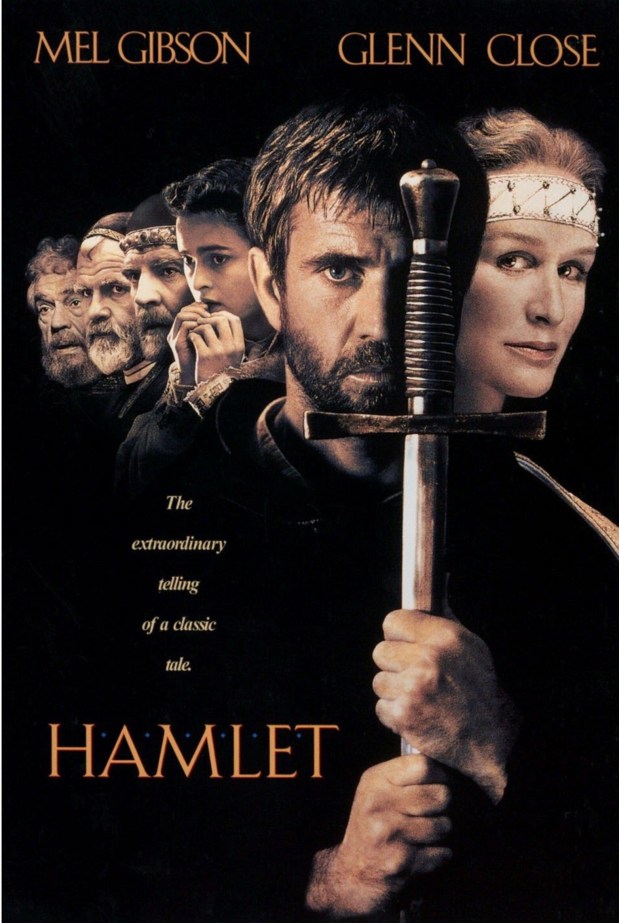





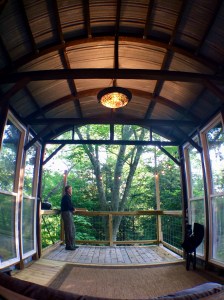
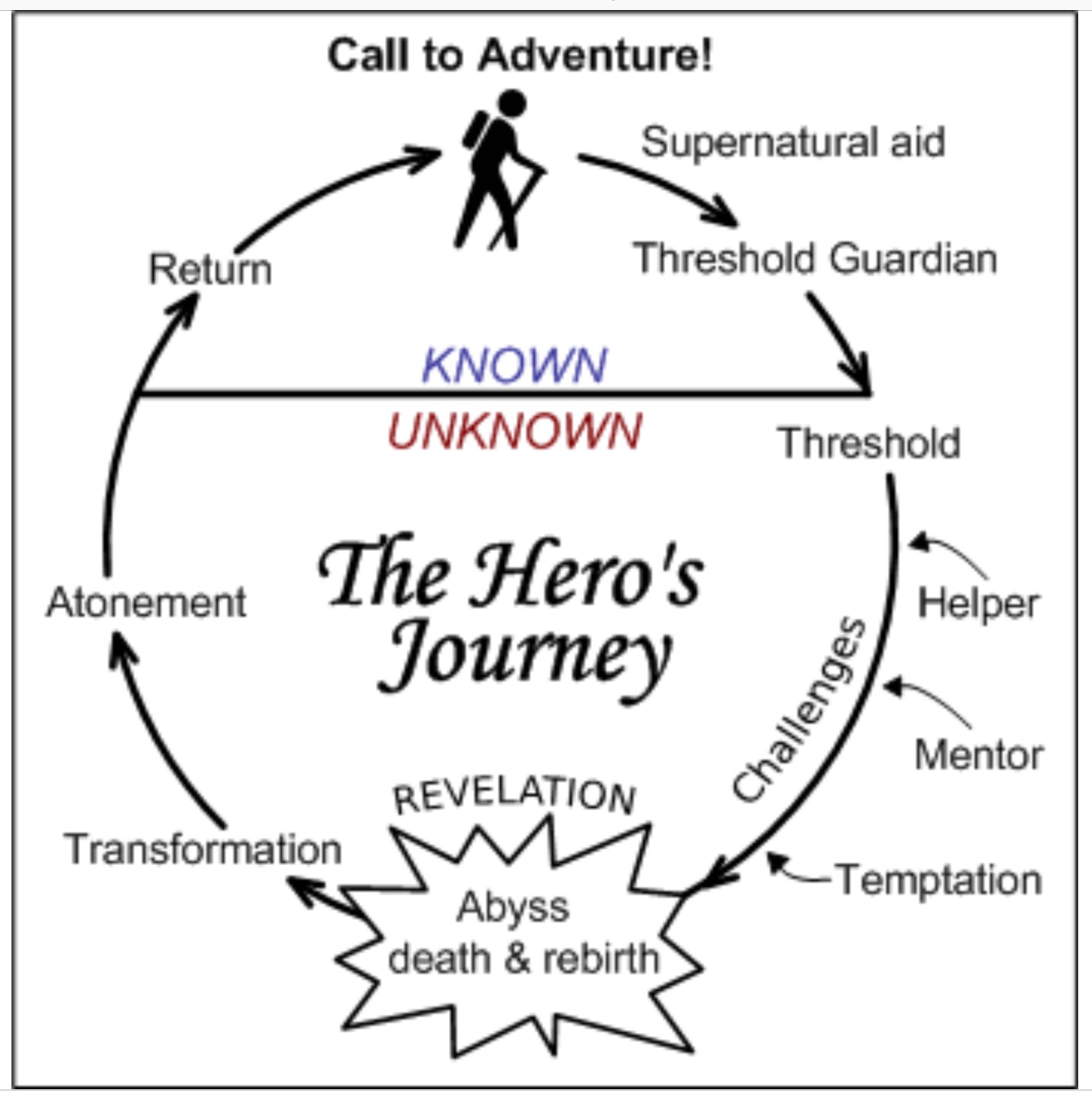 So, about thirteen years ago, I left to develop an intentional community with lofty goals that involved my ikigai based on self-reliance, integrity and mutual love, service and an abundant lifestyle within a closely bonded community. In October 2006, I purchased about 750 beautiful, remote acres on Tennessee’s Cumberland Plateau, the Grand Canyon of the Southeast. It was just three months before the sub-prime mortgage Real Estate bust. It was my personal version of the “
So, about thirteen years ago, I left to develop an intentional community with lofty goals that involved my ikigai based on self-reliance, integrity and mutual love, service and an abundant lifestyle within a closely bonded community. In October 2006, I purchased about 750 beautiful, remote acres on Tennessee’s Cumberland Plateau, the Grand Canyon of the Southeast. It was just three months before the sub-prime mortgage Real Estate bust. It was my personal version of the “


 Overlook #17
Overlook #17